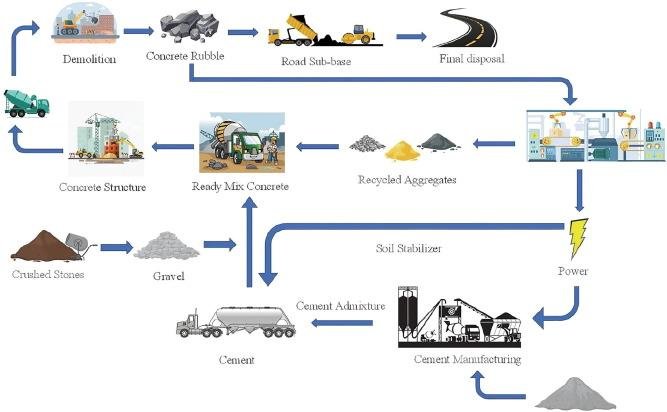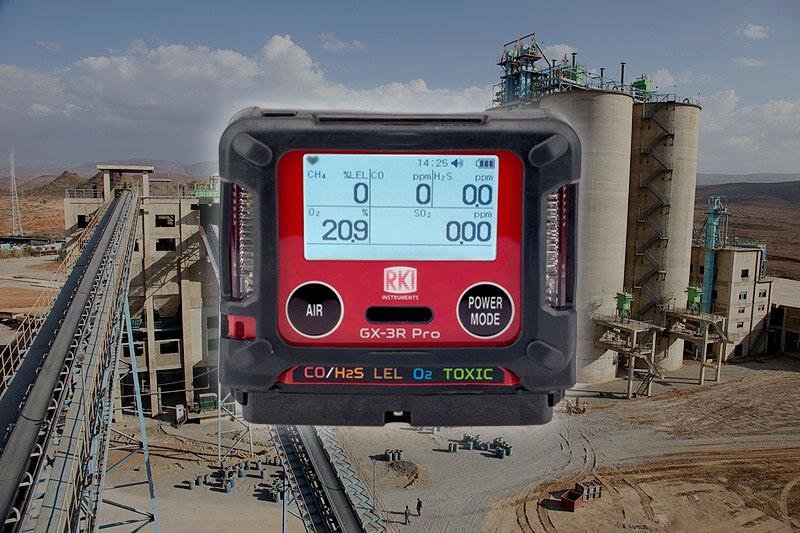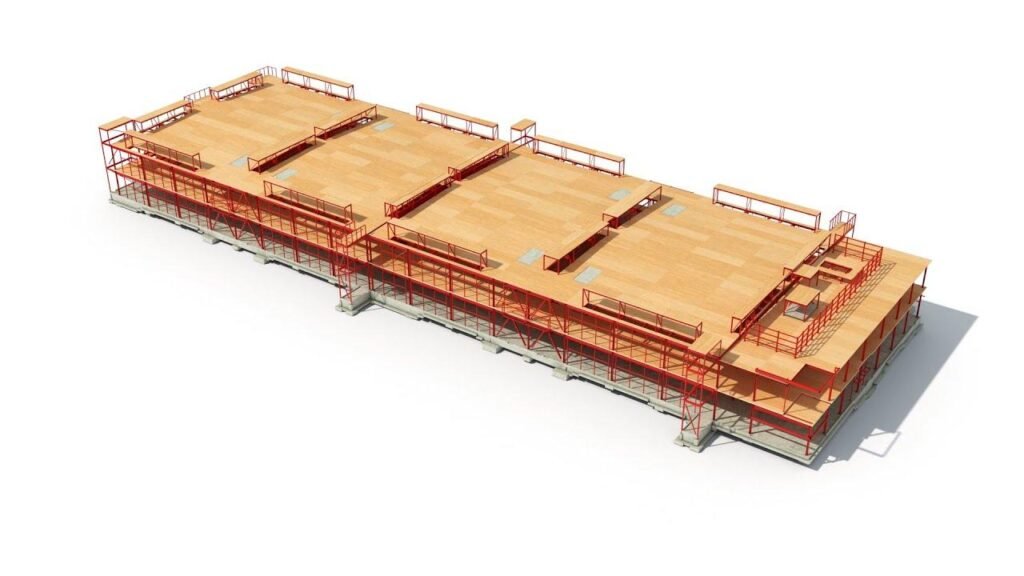Green cement production is rapidly scaling up, presenting a potential game-changer for reducing the construction industry’s massive carbon footprint. As the most widely used manufactured material globally, conventional cement production is responsible for a staggering 8% of the world’s carbon emissions. This significant environmental impact has spurred intense research and development efforts to create more lasting alternatives,with several promising technologies now emerging and scaling up to meet the growing demand for greener building materials.
One of the most exciting developments in this field is the creation of low-carbon cement using electrochemistry instead of heat-powered fossil fuels. Sublime Systems, a startup born out of research at MIT, has developed a process that uses renewable electricity to break down minerals, resulting in a cement powder that reacts with water to form concrete. This innovative approach can virtually eliminate the carbon dioxide output associated with traditional cement production, addressing both the energy-intensive heating process and the chemical decomposition of limestone that releases CO2.
The potential impact of this technology is immense. As urban populations continue to grow and construction rates increase, the demand for cement is skyrocketing. Sublime Systems aims to make a swift and massive impact on global CO2 emissions by scaling up production. Their plant in Somerville, Massachusetts, can already produce up to 250 tons of cement annually, and the company has raised over $45 million to accelerate production further. With plans to expand internationally,particularly in regions with rapidly growing urban populations like India,Africa,and Southeast Asia,Sublime Systems is positioning itself at the forefront of the green cement revolution.
Another promising approach to reducing cement’s carbon footprint is the development of alternative chemistries and processes that replace limestone in clinker production. Clinker, the primary component in cement, is extremely carbon-intensive and accounts for 90% of overall emissions from cement production.Companies like Brimstone are pioneering the use of carbon-free calcium silicate rocks instead of limestone to produce cement. This process not only eliminates the CO2 emissions associated with limestone decomposition but also has the potential to remove CO2 from the air, as the rocks used contain magnesium which can passively and permanently capture atmospheric carbon dioxide.
Swedish company Cemvision is taking a different approach by producing fossil-free cement made entirely from recycled materials. By utilizing by-products from mining and steel industries instead of virgin limestone and fossil fuels, Cemvision’s process requires less energy and generates no waste. Their “drop-in” cement design allows for easy integration into existing buildings alongside conventional cement,potentially enabling rapid adoption of this greener alternative.
The transition to green cement production is not limited to startup innovations. Established industry players are also making significant strides in reducing their carbon footprint. As an example, Heidelberg Materials’ cement plant in Mitchell, Indiana – one of the largest operating cement plants in the U.S. – is implementing a carbon capture and storage (CCS) system. When fully operational,this system will capture and sequester 95% of the CO2 generated at the facility,amounting to up to 2 million tons annually.
Blended cements represent another fast and cost-effective way to cut emissions in the cement and concrete industry.By incorporating supplementary cementitious materials (SCMs) to reduce the amount of clinker needed, cement producers can considerably lower their carbon output. For example, the Roanoke Cement Company in Virginia is replacing much of its clinker with SCMs, estimating emissions reductions of 83% compared to conventional Ordinary Portland Cement.
The U.S. Department of Energy’s Industrial Decarbonization and Emissions Reduction Presentation-to-Deployment funding program is supporting several projects aimed at scaling up low-carbon cement production. These initiatives range from blended cement production to innovative processes that eliminate emissions from clinker production altogether.
Carbon mineralization is yet another promising technique being explored to reduce the carbon footprint of cement and concrete. Companies like Solidia Technologies, Blue Planet, and CarbonCure are developing and deploying technologies to mineralize carbon in concrete and aggregates, effectively sequestering CO2 and mitigating some of the overall emissions from cement production.
The green cement revolution is not just about reducing emissions; it’s also about improving the quality and durability of the final product. Some green cement alternatives, such as those based on pozzolanic materials, are reported to be stronger and more durable than traditional Portland cement. For instance, Green Cement products claim to be stronger than Portland Cement after 28 days and continue to gain long-term strength while reducing carbon emissions by 99%.
As the cement industry continues to innovate and scale up these green technologies, it’s clear that we’re on the cusp of a significant shift in how we approach construction materials. The potential for drastically reducing the carbon footprint of one of the world’s most emissions-intensive industries is enormous. However, challenges remain in terms of scalability, cost-effectiveness, and widespread adoption.
To fully realize the potential of green cement, continued investment in research and development, supportive government policies, and industry-wide commitment to sustainability are crucial. As these technologies mature and become more widely available, we can expect to see a change in the construction industry, with green cement playing a pivotal role in building a more sustainable future.
The scaling up of green cement production represents a beacon of hope in the fight against climate change. By addressing one of the largest sources of industrial carbon emissions, these innovations have the potential to significantly reduce the environmental impact of our built environment. As we continue to urbanize and develop infrastructure worldwide, the widespread adoption of green cement technologies could be a key factor in achieving global climate goals and creating a more sustainable future for generations to come.










